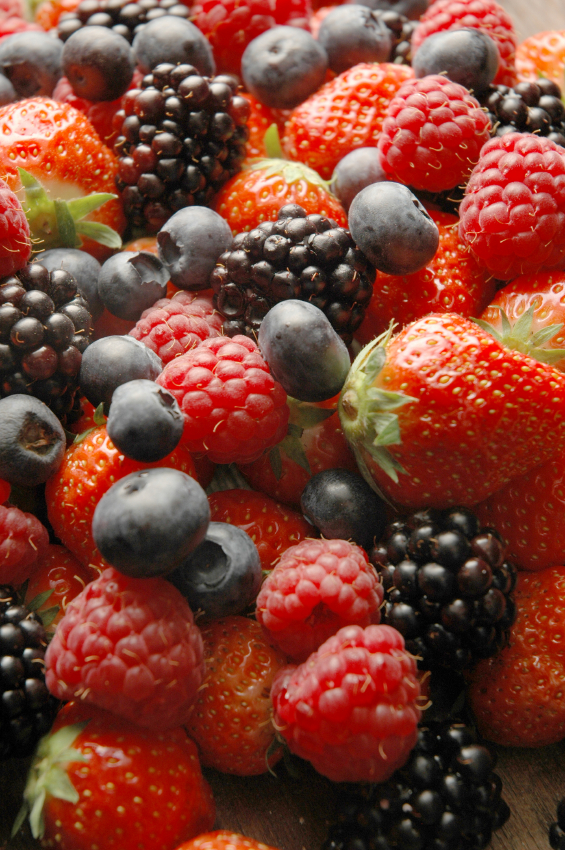Kids are notorious for jumping off the school bus and heading straight for the candy jar full of sugary junk food. Since children get about one-third of their daily calories from after-school snacks, it is essential that they receive the nutrients they need to support proper growth and health. So when you are shopping for school supplies, clothing, and gadgets, don't forget to stock the pantry with healthy after-school snacks.
Here's how to transform five basic snacks items into tasty after-school treats guaranteed to please:
1. Fruit - Natural, sweet and good for you, fruit is a popular snack choice among kids and parents. Aim for about 1.5 cups of fruit per day. 
Snack hints:
- If you want to make fruit even more appetizing, try pairing it with low-fat, plain yogurt for dipping.
- Stick some freshly washed grapes in the freezer for a cool snack on a hot day.
- Another popular alternative is dried fruit. If the label doesn't list any additional ingredients to the fruit, such as sugar, much of the nutritional value remains the same (but with a higher caloric density).
2. Smoothies - Even the pickiest kids can't resist fruit smoothies, which are naturally sweet and can be an excellent way to sneak nutrition into their diet. Beware of store-bought smoothies, however, which are usually full of added sugar. These end up carrying as many calories as a full meal (for a toddler).
Snack Hints:
- Smoothies made at home with fresh fruit such as bananas and strawberries, plain yogurt, and low-fat milk will be a healthy source of calcium and protein.
- If your child isn't getting enough fiber or protein in his or her diet, add powder supplements to the smoothie.
3. Cereal - Cereal is a great source of fiber, which is filling, helps with digestion and can also lower cholesterol. Unfortunately, many cereals that kids love are full of sugar. Consumer Reports investigated the sugar content of some brands and found that a bowl of Kellogg's Honey Smacks serves up as much sugar as a glazed donut. Several other popular kids' cereals also had hefty amounts of added sweeteners.
Snack hints:
- The good news is that Consumer Reports rated several kid-oriented cereals as both low in sugar and nutritious. These include Cheerios (regular and Honey Nut varieties), Kix and Life.
- Read nutrition labels and purchase high fiber cereals so children can get the most out of their breakfast pick.
4. Peanut Butter - While high high in fat, peanut butter is also packed with fiber and protein. If your child has peanut allergies, you'll have to steer clear of this snack choice. Such allergies have become increasingly prevalent in recent years, so it's important to watch for evidence such as rashes around the mouth and face and more severe reactions such as difficulty breathing.
Snack hints:
- If allergies aren't a concern, kids love peanut butter spread on graham crackers or paired with different flavors of jelly for a classic PB & J.
- Try smearing peanut butter on a celery stalk and topping it with raisins to create a treat with flair (Ants on a Log).
- Opt for natural peanut butter to avoid trans fats and added sugar.
5. Trail Mix - Instead of buying pre-packaged bags of trail mix, try making your own at home. Not only is it a fun activity for the kids, it allows you to control the salt and sugar content. Homemade granola is a great source of fiber.
Snack hints:
- In addition to granola, tasty and healthy ingredients include dried fruits, various nuts, unsweetened coconut flakes, peanuts, mini pretzels and pumpkin seeds or hulled sunflower seeds.
- If added sugar isn't a concern, try adding M & Ms or chocolate chips; they are always a hit with kids.
Dr. Melody Hart is a naturopathic physician in Chicago. For her full bio, click here.
Created August 17, 2010








